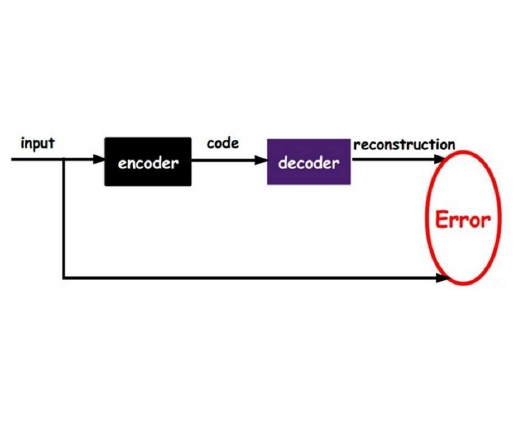We study the problem of self-supervised structured representation learning using autoencoders for generative modeling. Unlike most methods which focus on using side information like weak supervision or defining new regularization objectives, we focus on improving the representation using a novel decoder architecture and an improved sampling technique. Our structural decoder architecture learns a hierarchy of latent variables, akin to structural causal models, and learns a natural ordering of the latent mechanisms without any additional regularization. We propose a novel framework to characterize the quality of the learned representation by applying interventions in the latent space and evaluating the effects to gain insight in the causal structure learned by the model which also enables us to quantify how disentangled the representation is. We evaluate our architecture and sampling method on several challenging natural image datasets and compare to several canonical baselines.
翻译:我们研究使用自动编码器进行基因模型的自我监督结构化代表制学习的问题。与大多数侧重于使用侧面信息的方法不同,例如薄弱的监督或界定新的正规化目标,我们侧重于使用新的解码器结构和改良的取样技术改进代表制。我们的结构解码器结构学习了潜伏变量的等级,类似于结构性因果模型,并学习了潜伏机制的自然顺序,而没有额外的正规化。我们提出了一个新的框架,通过在潜藏空间应用干预和评估从模型中了解的因果结构的影响,从而了解该模型所了解的因果结构,这也使我们能够量化代表制的混乱程度。我们评估了几个挑战性自然图像数据集的架构和取样方法,并比较了几个卡门基线。




